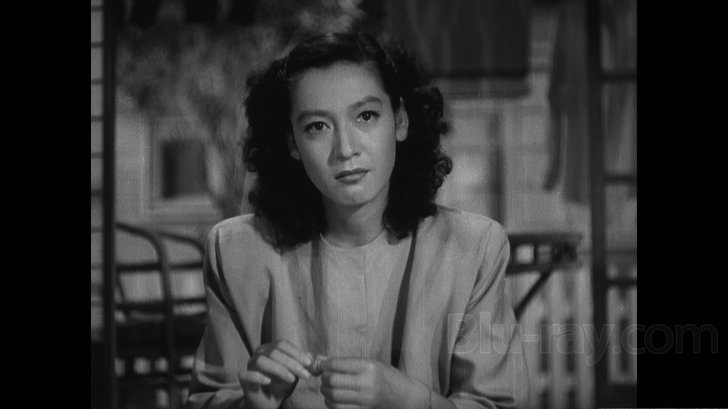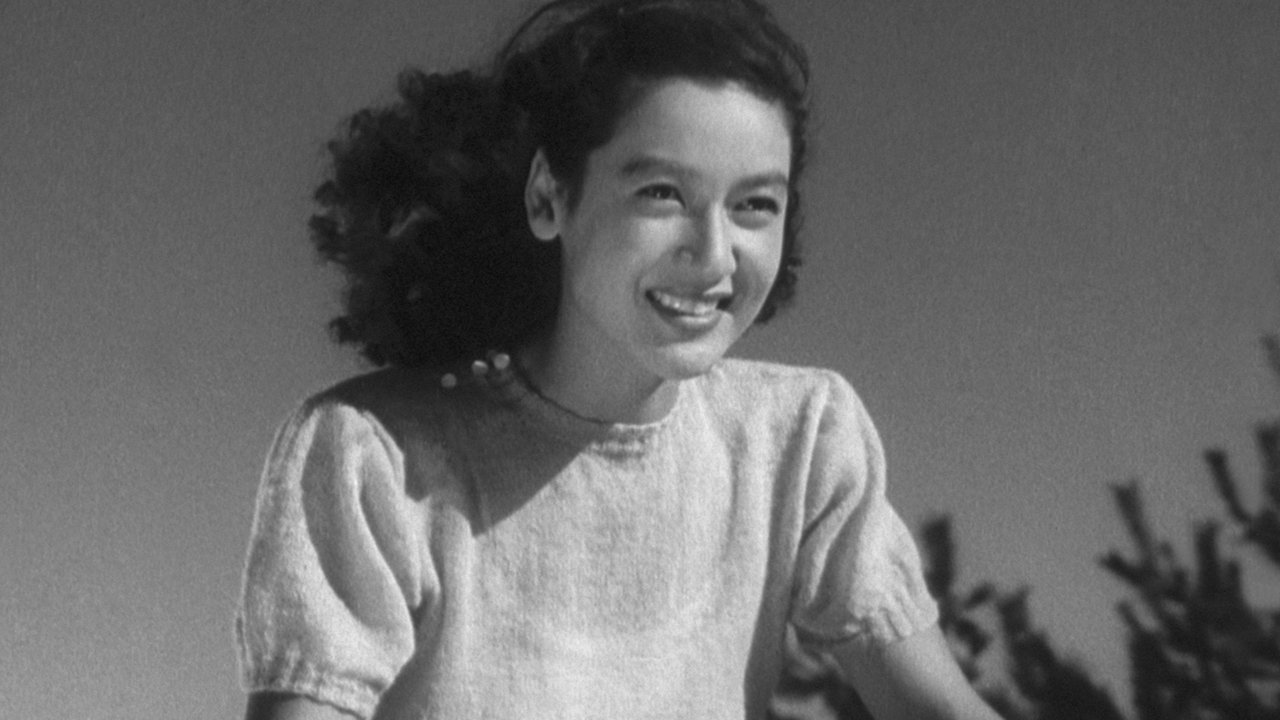Table of Contents
ToggleLate Spring
Late Spring (Banshun), directed by Yasujiro Ozu and released in 1949, is a poignant and delicate exploration of family dynamics and societal expectations in post-war Japan. This film is a cornerstone of Japanese cinema, revered for its subtle storytelling, rich character development, and profound thematic depth. Late Spring Let’s delve into the world of “Late Spring” and understand why it remains a timeless classic.
Director Yasujiro Ozu Late Spring
Yasujiro Ozu is celebrated for his unique filmmaking style that emphasizes simplicity and emotional resonance. Known for his “tatami shot,” where the camera is placed at a low height, Ozu’s work often explores themes of family, tradition, and change. His meticulous attention to detail and ability to capture the essence of everyday life make “Late Spring” a standout in his illustrious career.
Plot Summary Late Spring
“Late Spring” tells the story of Noriko, a young woman in her late twenties, and her father, Shukichi. The narrative centers on Noriko’s reluctance to marry and leave her father, who she feels needs her care and companionship. Despite societal pressure and her father’s encouragement to find her own happiness, Noriko’s deep sense of duty and love for her father create a poignant conflict. The film gently unravels this emotional journey, highlighting the bonds of family and the inevitable passage of time.
Characters
Noriko
Played by Setsuko Hara, Noriko is the film’s heart and soul. Her portrayal of a dutiful daughter torn between personal desires and familial obligations resonates deeply with audiences. Noriko’s warmth, sincerity, and inner conflict are masterfully depicted, making her one of Ozu’s most memorable characters.
Shukichi
Chishu Ryu portrays Shukichi, Noriko’s father, with understated elegance. His character embodies the traditional values of Japanese society, yet he is empathetic and understanding of his daughter’s feelings. Shukichi’s gentle prodding for Noriko to marry and his own quiet loneliness are central to the film’s emotional core.
Supporting Characters
The supporting cast, including Noriko’s aunt Masa and potential suitor Hattori, enrich the narrative with their perspectives and interactions, providing a broader view of the societal expectations surrounding marriage and family.

Themes and Symbolism
Family and Duty
At its core, “Late Spring” is a meditation on the duty one feels toward family. Noriko’s sense of obligation to care for her father is a driving force in the narrative, reflecting broader cultural values.
Modernity versus Tradition
The film juxtaposes traditional Japanese values with the encroaching modernity of post-war Japan. Noriko’s struggle symbolizes the tension between maintaining familial duty and embracing personal freedom.
Marriage and Independence
Marriage is depicted not just as a personal choice but a societal expectation. Noriko’s journey reflects the balance between individual desires and societal pressures, a theme still relevant today.
Cultural Context
Set in post-war Japan, “Late Spring” captures a society in transition. The film subtly addresses the changing dynamics within families and the shifting roles of women. This cultural backdrop enriches the narrative, making it a poignant reflection of its time.
Cinematography and Style
Ozu’s visual storytelling is characterized by its simplicity and precision. His use of static camera shots, low angles, and carefully composed frames creates a sense of intimacy and realism. The film’s visual style is integral to its emotional impact, drawing viewers into the quiet beauty of everyday moments.
Critical Reception
Upon its release, “Late Spring” received acclaim for its heartfelt narrative and performances. Critics praised Ozu’s direction and the film’s emotional depth. Over the years, its reputation has only grown, cementing its status as a classic of world cinema.
Impact on Japanese Cinema
“Late Spring” has had a profound influence on Japanese filmmakers and cinema as a whole. Its themes, storytelling techniques, and character portrayals have inspired countless directors. Comparisons with other Ozu films, such as “Tokyo Story,” highlight the consistency and evolution of his artistic vision.
International Recognition
“Late Spring” has garnered significant international recognition, with audiences and critics worldwide lauding its artistry and emotional power. The film has received numerous accolades and continues to be studied and appreciated globally.
Memorable Scenes
The film is filled with memorable scenes that leave a lasting impression. From the quiet moments between Noriko and Shukichi to the poignant ending, each scene is crafted with care and emotional resonance, inviting viewers to reflect on their own relationships and choices.
Music and Sound
The score of “Late Spring,” composed by Senji Ito, enhances the film’s atmosphere with its gentle and evocative melodies. The use of silence and natural sounds further immerses viewers in the story, highlighting the subtleties of the characters’ emotions.
Lessons from “Late Spring”
“Late Spring” offers valuable insights into Japanese culture and universal themes of love, sacrifice, and duty. It encourages viewers to reflect on their own lives and the delicate balance between personal desires and responsibilities.
Ozu’s Unique Storytelling Techniques
Ozu’s storytelling techniques, such as the use of “pillow shots” (tranquil shots of landscapes or objects) and minimalistic dialogue, create a meditative and immersive experience. These techniques contribute to the film’s timeless quality and profound impact.
Conclusion
“Late Spring” is a masterful exploration of family, duty, and change. Its enduring appeal lies in its ability to resonate with audiences across cultures and generations. As we revisit this classic, it remains a poignant reminder of the complexities of human relationships and the passage of time.
External Resources : https://megatechy.com/
